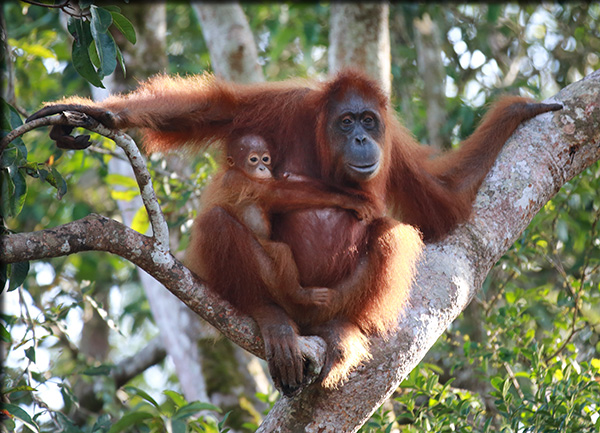Recent Headlines

ESF Scientist Publishes Study on Primate Disease
Catastrophic declines in African great ape populations due to disease outbreaks have been reported in recent years, yet similar disease impacts are rarely identified for the more solitary Asian great apes, or for smaller primates. Researchers have uncovered interactions between social structure, demography, and disease transmission modes that create "dynamic constraints" on the pathogens that can establish and persist in primate host species with different social systems.
Intragroup contact structure – the social network — creates different constraints for different transmission modes, and the model underscores the importance of intragroup contacts on infection prior to intergroup movement in a structured population. When alpha males dominate sexual encounters, the resulting disease transmission dynamics differ from when social interactions are dominated by mother-infant grooming events, for example.
"This has important repercussions for pathogen spread across populations," said the lead author, Dr. Sadie Ryan, who conducted her research while a postdoctoral associate at the National Center for Ecological Analysis and Synthesis, and is now a faculty member at the SUNY College of Environmental Science and Forestry. "Our framework reveals essential social and demographic characteristics of primates that predispose them to different disease risks that will be important for disease management and conservation planning for protected primate populations."
— By the National Center for Ecological Analysis and Synthesis